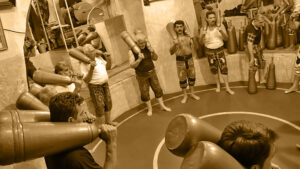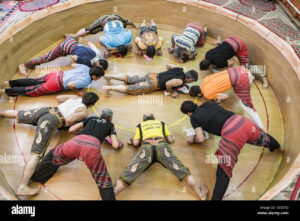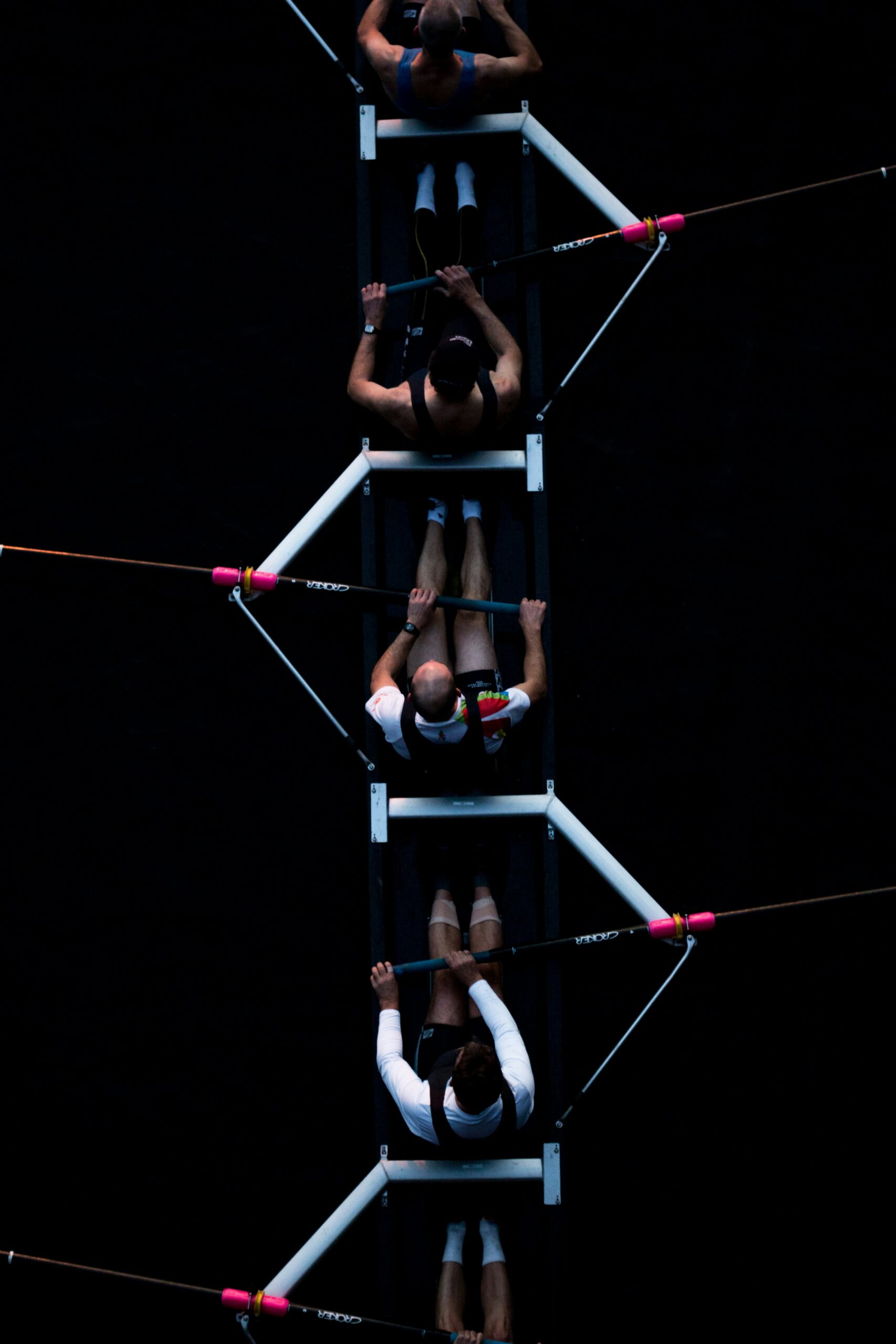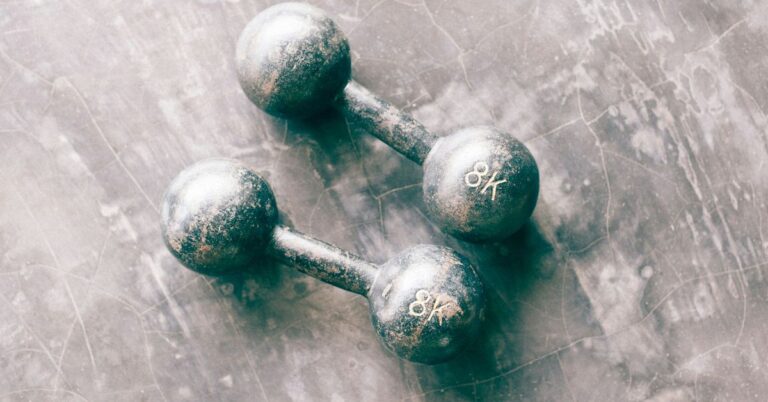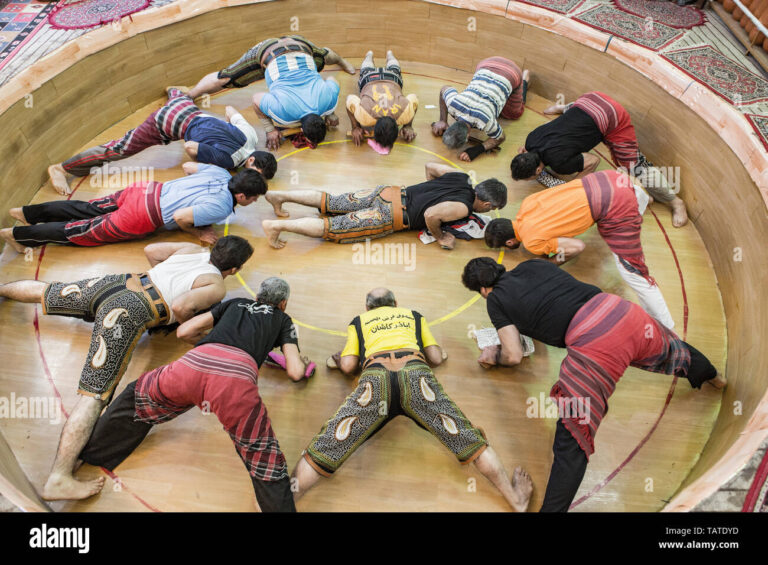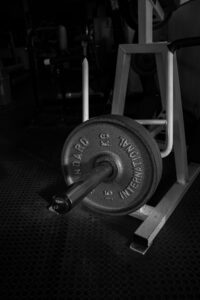Introduction: The Silent Game Changer
In the high-octane world of athletics, where every millisecond counts and the tiniest of margins can determine victory or defeat, there exists an often-overlooked element that can be the key to unlocking an athlete’s true potential: mindfulness. You might be rolling your eyes, thinking, “Oh great, another article about meditation and zen.” But hold on a second; before you dismiss it as mere fluff, consider this: elite athletes from various sports are increasingly incorporating mindfulness practices into their training regimens, with remarkable results. It struck me that perhaps there’s more to this than just sitting cross-legged and humming.
What Is Mindfulness?
Essentially, mindfulness is the practice of being fully present in the moment. It’s about focusing your attention and being aware of your thoughts, emotions, and sensations without judgment. Picture an athlete standing at the starting line, heart pounding, mind swirling with thoughts of potential victory or impending failure. Now, imagine them taking a deep breath, clearing their mind, and centering themselves. That’s mindfulness at work.
Research indicates that mindfulness can enhance focus, improve stress management, and boost overall performance. A significant number of studies suggest that athletes who practice mindfulness techniques exhibit increased mental resilience, allowing them to cope better with pressure during competitions. I remember a time when I was running a marathon, and the anxiety I felt at the start line was palpable. If only I had known then about the power of mindfulness!
The Science Behind Mindfulness in Sports
It’s all well and good to talk about mindfulness, but what does the science say? Well, let’s delve into the research. Studies have shown that mindfulness practices can lead to measurable improvements in athletic performance. For instance, a 2016 study published in the journal *Psychology of Sport and Exercise* found that athletes who engaged in mindfulness meditation experienced significant reductions in anxiety and improvements in their overall performance metrics.
Another interesting study by researchers at the University of California, Los Angeles (UCLA) demonstrated that mindfulness training enhanced attention and cognitive flexibility in athletes. This means they could adapt more quickly to changing situations—something crucial in fast-paced sports like basketball or soccer.
Moreover, the physiological benefits are hard to ignore. Mindfulness can lower cortisol levels (the stress hormone), improve sleep patterns, and even boost immune function. Imagine being able to train harder and recover faster—sounds like a cheat code for any athlete, right?
Mindfulness Techniques for Athletes
So, how can athletes tap into this fountain of performance-enhancing potential? Here are some practical mindfulness techniques that can be seamlessly integrated into any training routine:
1. Breathing Exercises
Breath control is foundational in mindfulness practice. Deep, controlled breathing helps calm the nervous system and allows athletes to regain focus. Try this: Inhale through your nose for a count of four, hold for four, and exhale through your mouth for a count of six. Repeat this for a few minutes before training or competition. It’s like hitting the reset button on your brain.
2. Body Scan Meditation
This technique involves mentally scanning your body from head to toe, noticing any areas of tension or discomfort. It can help athletes become more attuned to their physical state, allowing for better injury prevention and recovery. I once tried this during a particularly grueling workout, and it was an eye-opener to realize how much I was unconsciously tensing my shoulders.
3. Visualization
Many athletes are already familiar with visualization, but combining it with mindfulness can take it to another level. Instead of just picturing the outcome, visualize the process—every step, every move, every breath. This not only enhances performance but also reduces anxiety. Picture a high jumper visualizing their approach, take-off, and landing—each detail amplified by mindfulness.
4. Mindful Movement
Incorporating mindfulness into physical training can transform the workout experience. Whether it’s yoga, tai chi, or simply a focused run, being aware of your movements and sensations can lead to improved coordination and relaxation. I remember trying yoga for the first time—it felt like a workout and a therapy session all rolled into one!
5. Journaling
Keeping a mindfulness journal can help athletes reflect on their thoughts and feelings, track their progress, and identify patterns or triggers. It’s a way to check in with oneself, and who knows, it might even lead to some profound insights. (I once scribbled down my thoughts after a particularly tough race, and it turned out to be quite therapeutic!)
Real-Life Examples of Mindfulness in Athletics
Let’s look at some athletes who have embraced mindfulness and reaped the benefits. Take the case of NBA superstar LeBron James. Known for his exceptional focus and performance, he often speaks about the importance of mental preparation. LeBron reportedly incorporates mindfulness and meditation into his daily routine, allowing him to manage the pressure and expectations that come with being one of the greatest basketball players of all time.
Then there’s Olympic gold medalist swimmer Michael Phelps. He has been open about his struggles with anxiety and depression but credits mindfulness and visualization techniques with helping him to stay focused during high-stakes competitions. Phelps has mentioned that he visualizes every detail of his races, which helps him remain calm and collected, even in the most stressful moments.
And let’s not forget about the world of tennis. The legendary Novak Djokovic has been vocal about how mindfulness and meditation have played a pivotal role in his success. He practices mindfulness daily, attributing his mental clarity and resilience on the court to these techniques. It’s hard to argue with the results—he’s one of the most successful tennis players in history!
Mindfulness and Team Sports
While much of the discussion around mindfulness often focuses on individual sports, team sports can also benefit immensely from these practices. Imagine a soccer team that starts each practice with a mindfulness session, fostering better communication and teamwork. This isn’t just a pipe dream; teams like the Seattle Seahawks have incorporated mindfulness training into their programs, emphasizing the mental aspect of the game.
By practicing mindfulness, players can cultivate a collective focus, improve their on-field communication, and enhance their ability to stay present during critical moments. In a sport like basketball, where split-second decisions can change the course of a game, being able to maintain composure is invaluable. (I once witnessed a last-second shot go awry simply because the player panicked under pressure—mindfulness could have saved the day!)
Challenges and Misconceptions
Despite the growing interest in mindfulness, there are still misconceptions and challenges associated with its implementation in athletics. Some might argue that mindfulness is too “soft” for sports that demand physical toughness. However, this couldn’t be further from the truth. Mental toughness is an essential component of athletic performance, and mindfulness is a tool that can enhance it.
Another challenge is the stigma surrounding mental health in sports. Athletes often feel pressure to project an image of invincibility, which can lead to resistance against practices like mindfulness that encourage vulnerability. It’s crucial to create an environment where athletes feel comfortable exploring their mental wellness without fear of judgment.
Creating a Mindfulness Culture in Sports
To truly unlock the benefits of mindfulness in athletics, it’s essential to cultivate a culture that embraces these practices. Coaches and support staff play a pivotal role in this transformation. Here are a few strategies to foster a mindfulness culture:
1. Lead by Example: Coaches who practice mindfulness themselves can inspire their athletes to do the same. If the leader is committed to mental wellness, the team is more likely to follow suit.
2. Incorporate Mindfulness into Training: Make mindfulness a regular part of training sessions. This could be as simple as starting practices with a few minutes of focused breathing or ending them with a reflection period.
3. Provide Resources: Offer access to mindfulness training programs, workshops, or even apps that athletes can use independently. The easier it is to engage with mindfulness, the more likely they are to incorporate it into their routines.
4. Normalize Conversations About Mental Health: Encourage open discussions about mental wellness. Create a space where athletes feel comfortable sharing their experiences and challenges without fear of stigma.
Mindfulness: The Future of Athletic Performance
As we continue to explore the multifaceted nature of athletic performance, it’s clear that mental mastery is just as critical as physical prowess. Mindfulness is not a fad; it’s a powerful tool that can enhance focus, reduce anxiety, and ultimately lead to peak performance. The integration of mindfulness into athletics is a trend that is only expected to grow as more athletes and teams realize the benefits.
In a world where victory often hangs by a thread, unlocking the mental game through mindfulness may just be the edge that separates the champions from the rest. And who knows? Maybe one day, we’ll all be sitting cross-legged on the sidelines, breathing deeply, and channeling our inner zen right alongside the athletes we admire.
Conclusion: Take a Deep Breath
So, the next time you find yourself at the edge of a race, gearing up for a big game, or even just navigating the challenges of daily life, remember the power of mindfulness. It’s about finding that sweet spot between mind and body, where peak performance resides. As you embark on your journey—whether as an athlete or a casual observer—take a moment to breathe, reflect, and be present. After all, the greatest victories often begin with a single breath.

